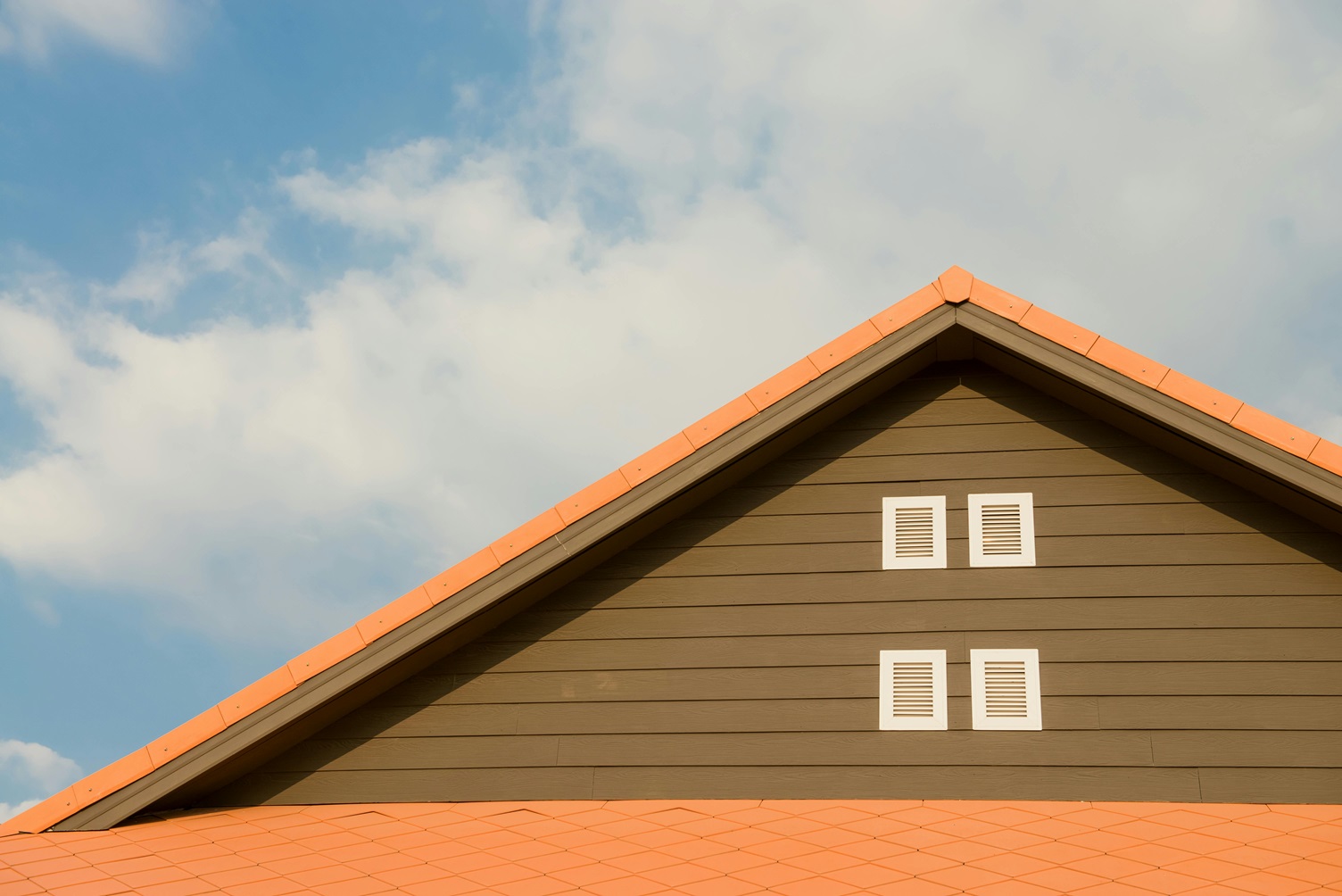A roof’s pitch, or slope, significantly affects how roofing materials are installed and performed over time. For asphalt shingles, which are widely used due to their cost-effectiveness and ease of installation, the roof pitch can have major implications on durability, water resistance, and the installation process. Roof pitch refers to the roof’s angle or steepness, expressed as a ratio of vertical rise to horizontal span. We will explore how roof pitch plays a pivotal role in the overall installation and functionality of asphalt roofing systems, impacting everything from water runoff to the roofing materials.
Understanding Roof Pitch and Its Importance
Roof pitch is a critical consideration in roofing design and installation. It affects the appearance of a home and has practical implications for water drainage and structural integrity. For asphalt shingles, a steeper pitch allows for better water runoff, which reduces the chances of water pooling and leading to leaks. When water accumulates on flatter roofs, it can seep beneath the shingles and lead to structural damage over time. Therefore, the pitch helps to ensure that water quickly drains off the roof, especially during heavy rainfall or snowmelt. The pitch also influences the installation techniques and safety precautions needed. Installing asphalt shingles on a steeper roof requires additional safety measures, such as harnesses and scaffolding, which increases labor costs. Additional waterproofing layers are often needed on flatter roofs to enhance protection against water infiltration.
Effects of Low Roof Pitch on Asphalt Shingle Installation
Low-pitched roofs, often categorized as having a pitch below 4:12 (meaning 4 inches of rise for every 12 inches of horizontal distance), present unique challenges for asphalt shingle installation. Since these roofs do not allow water to flow off as easily, the risk of water penetration is higher. This makes it necessary to employ more advanced waterproofing techniques, such as ice and water shields or underlayment that adds an extra layer of protection beneath the shingles. Without such measures, water can easily back up under the shingles and cause leaks. Additionally, Roofing Company Las Vegas often installs shingles with closer overlaps on low-pitch roofs to improve their water resistance. The angle at which the shingles are placed must also be adjusted, as standard methods used for steep-pitched roofs may not protect the roof from water pooling. This can make installation more time-consuming and require more careful attention to detail.
High Roof Pitch and Its Benefits for Asphalt Roofing
A high-pitched roof, typically a slope greater than 6:12, has significant advantages in asphalt roofing installation. The steeper angle allows for better water and snow runoff, minimizing the chances of water buildup. This is especially crucial in areas with heavy rainfall or snowfall, as steep roofs prevent ice dams from forming, which can cause leaks. In terms of installation, steep-pitched roofs allow asphalt shingles to function as they were designed, with gravity aiding in water drainage and reducing the risk of water seeping underneath the shingles. Asphalt shingles are installed in overlapping rows, and on a steep roof, this overlap creates a more effective barrier against the elements. However, steep-pitched roofs present challenges during the installation process. Workers must use additional safety equipment to navigate the steeper angles, which increases labor costs. Despite the additional installation challenges, high-pitched roofs tend to extend the lifespan of asphalt shingles due to their superior drainage capabilities.
Roof Pitch and Energy Efficiency
The roof’s pitch can also impact the energy efficiency of a home, particularly when asphalt shingles are used. A steeper pitch increases the amount of attic space, which can act as a buffer against external temperature fluctuations. This can lead to more consistent indoor temperatures, reducing the strain on heating and cooling systems. Furthermore, in hot climates, steep roofs reflect more sunlight and allow for better airflow between the shingles and the roof deck, which helps prevent heat buildup. Conversely, flatter roofs absorb more heat, which can increase cooling costs. Proper ventilation is essential for any roof, but it becomes even more critical with low-pitched roofs, which are more prone to trapping heat. When installing asphalt shingles on a roof with a low pitch, proper ventilation systems, such as ridge vents or soffit vents, should be installed to improve airflow and prevent overheating. This helps maintain the roof’s efficiency and prolong the shingles’ lifespan.
The roof’s pitch is a crucial factor when installing asphalt shingles, influencing everything from water drainage to the overall durability and performance of the roof. Low-pitched roofs require more attention to waterproofing and shingle installation techniques to prevent leaks and moisture damage. In contrast, high-pitched roofs allow for better drainage and longer-lasting shingle performance but present challenges during installation. Understanding how roof pitch impacts these aspects will enable homeowners to make informed decisions regarding roofing materials and installation methods, ultimately ensuring a durable and efficient asphalt roof.
Photo by Tirachard Kumtanom: https://www.pexels.com/photo/orange-and-gray-painted-roof-under-cloudy-347152/

